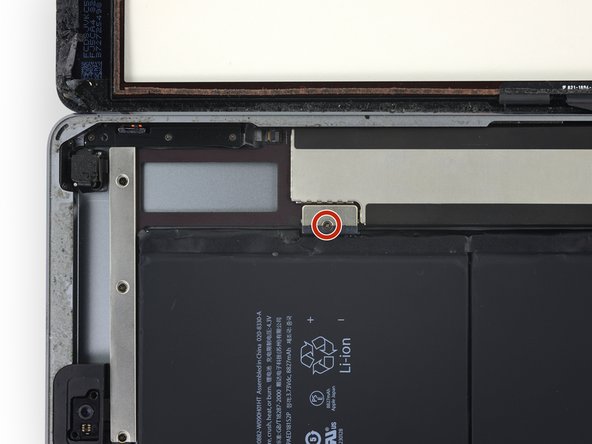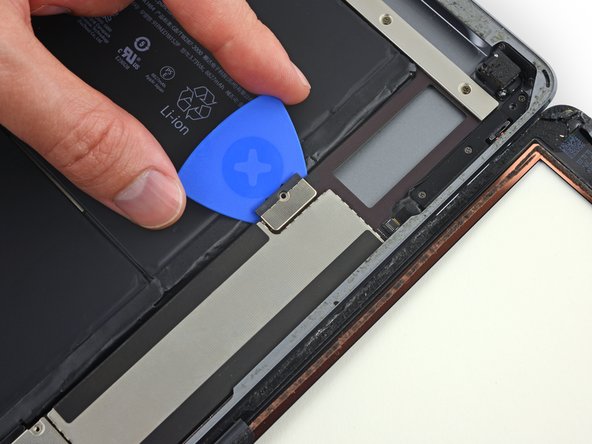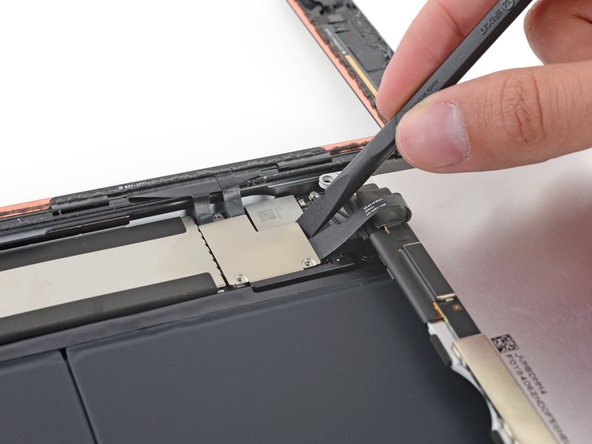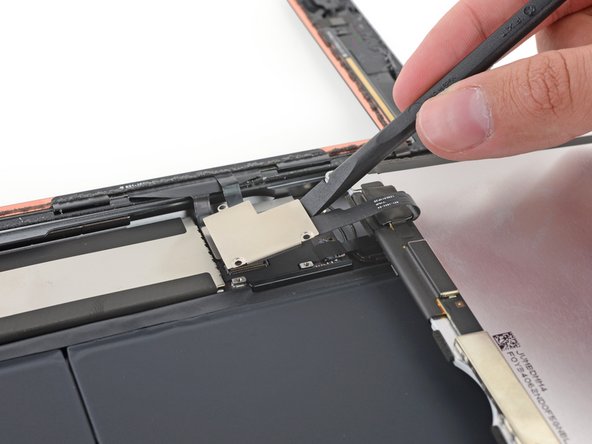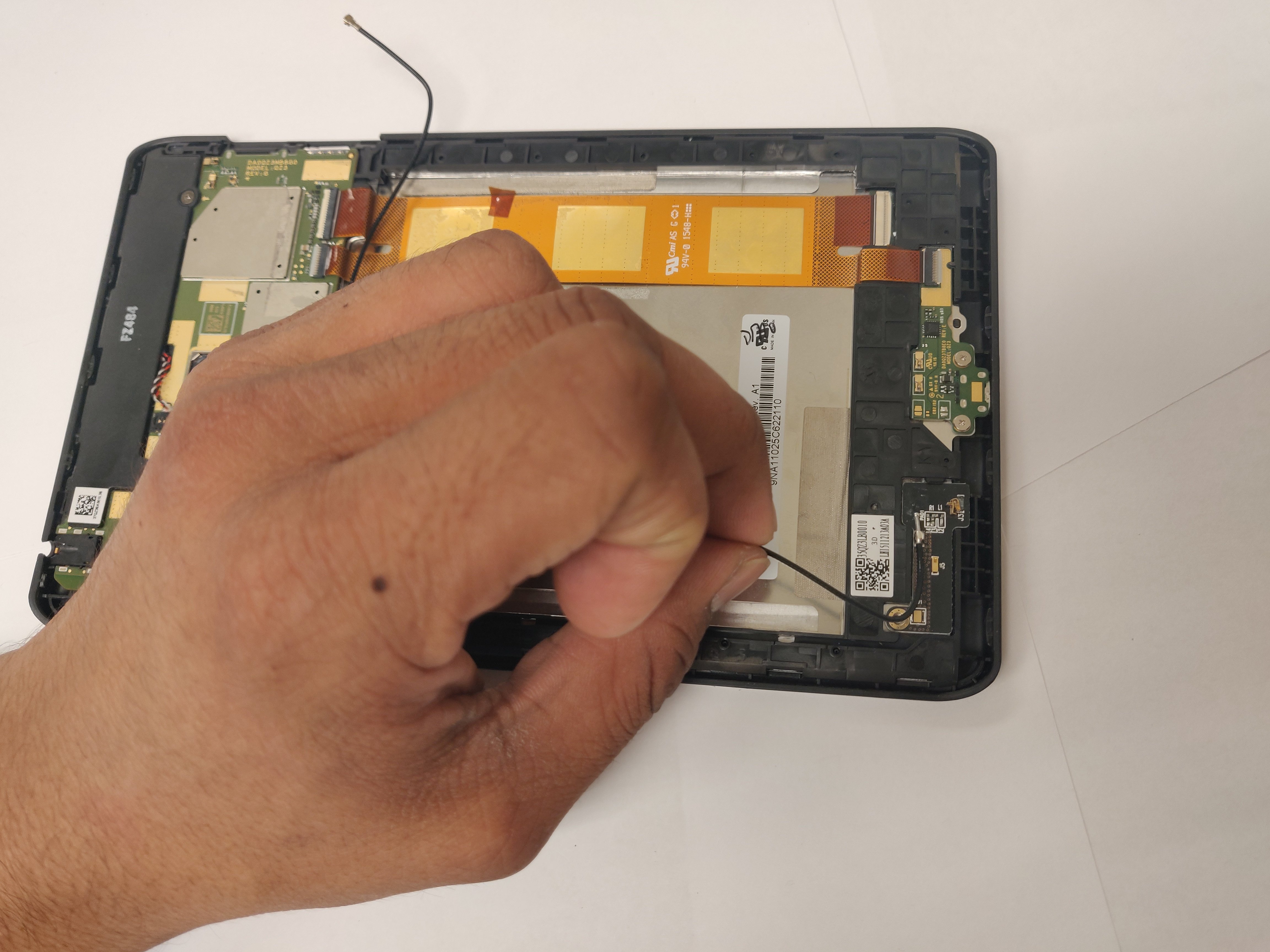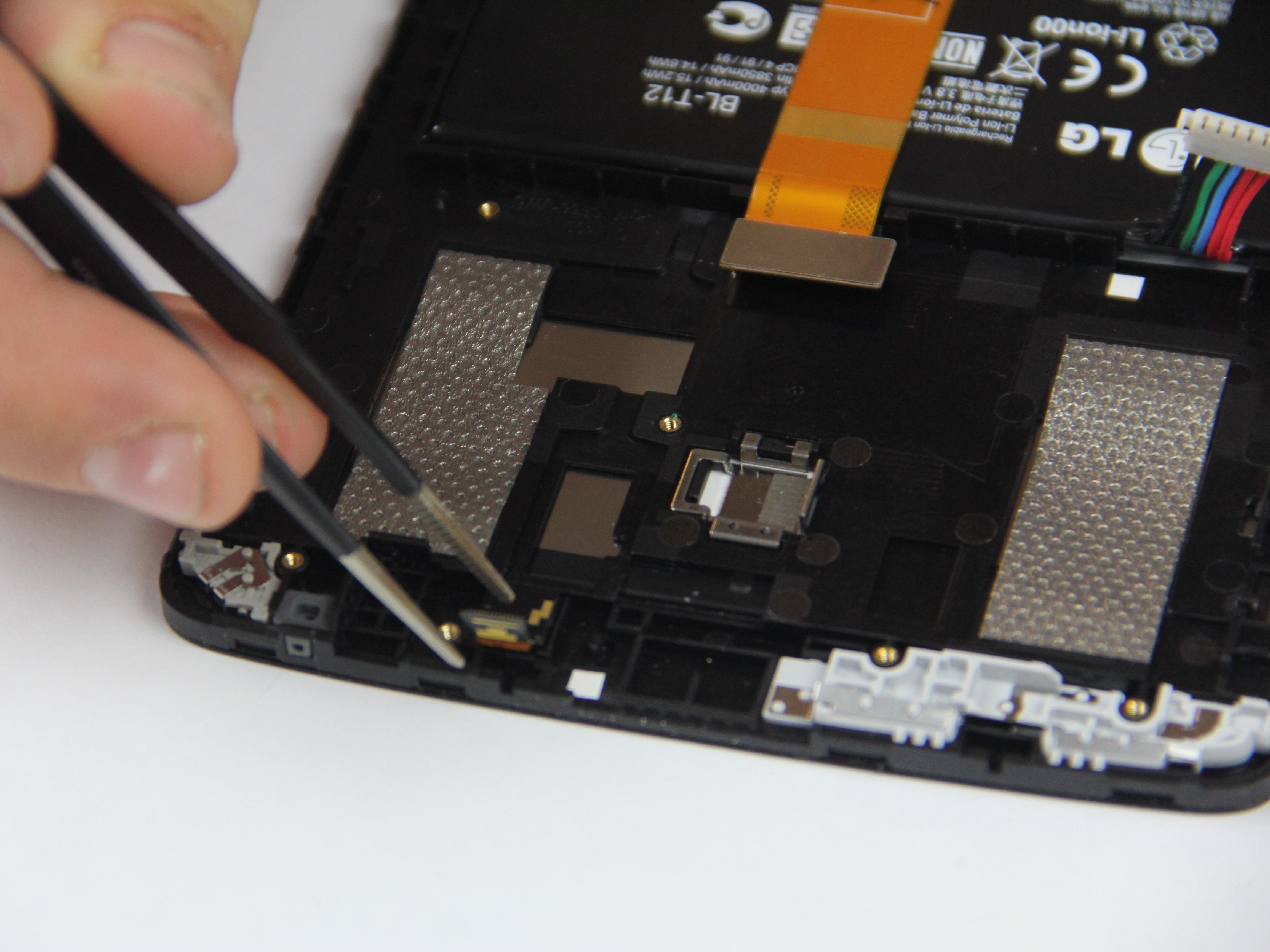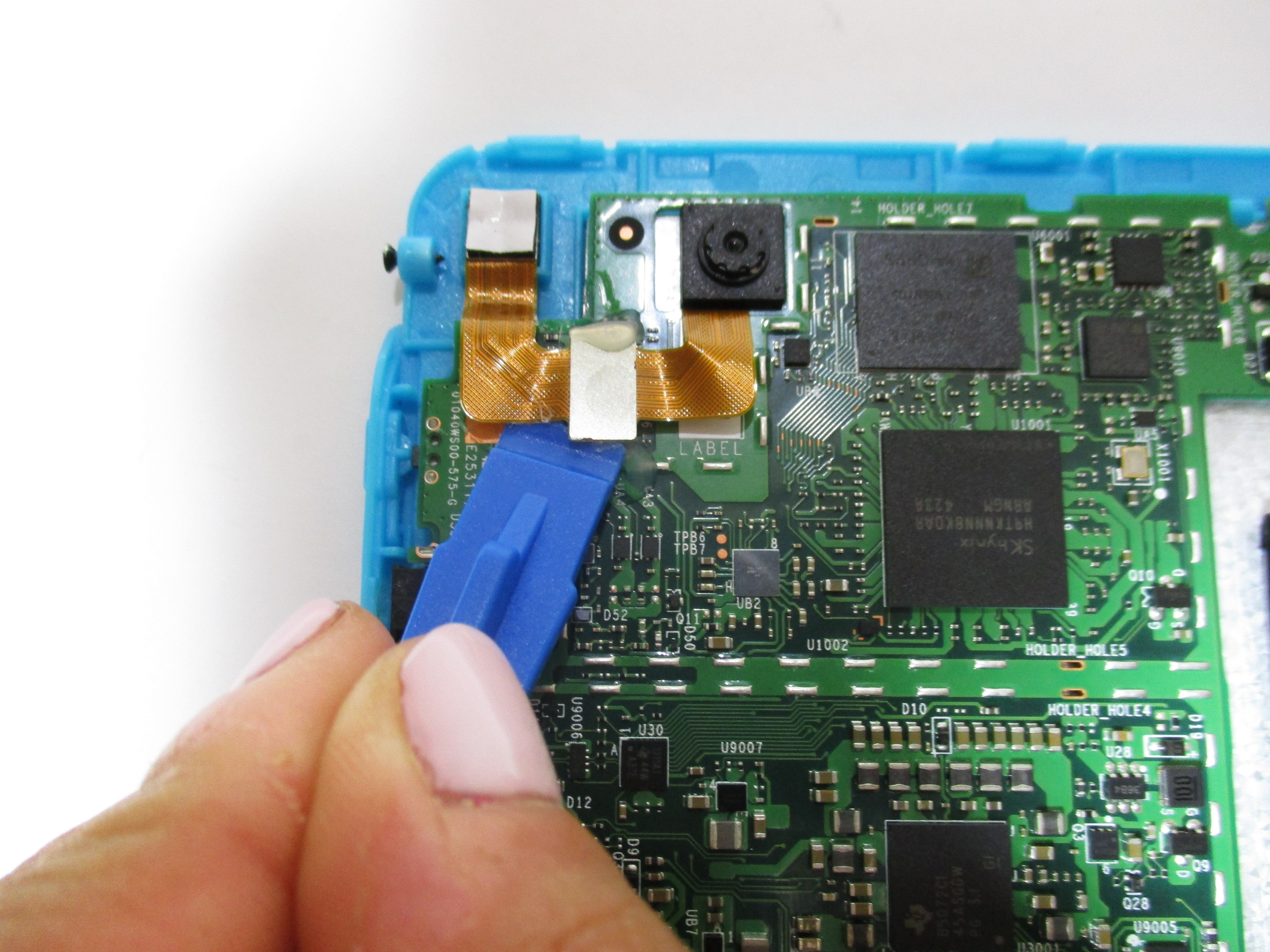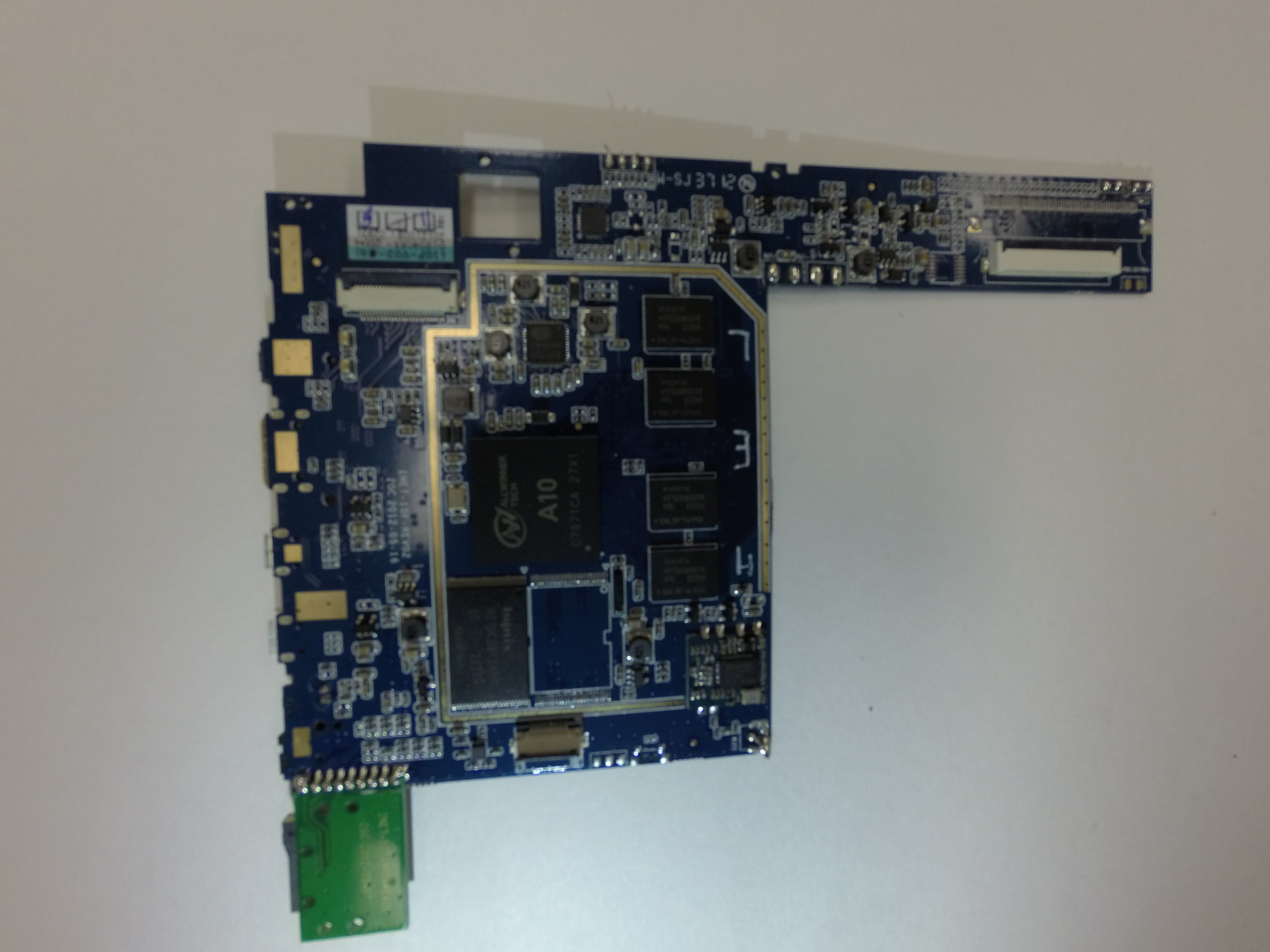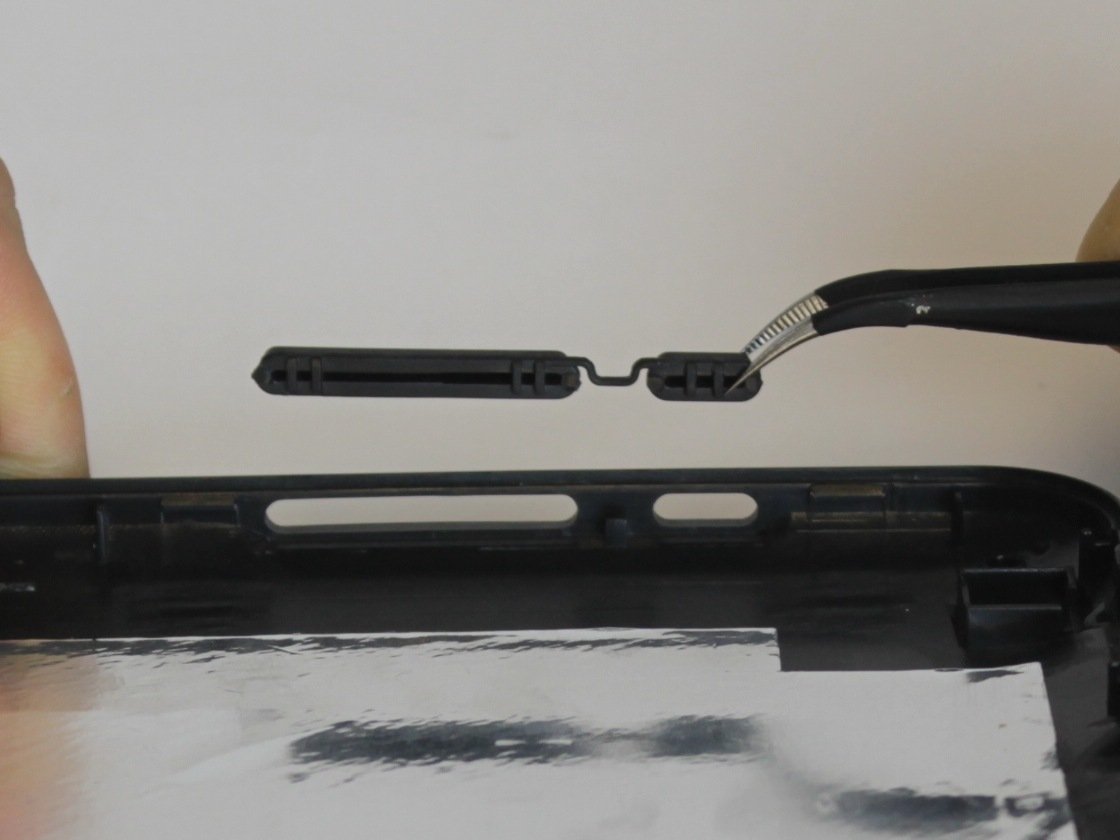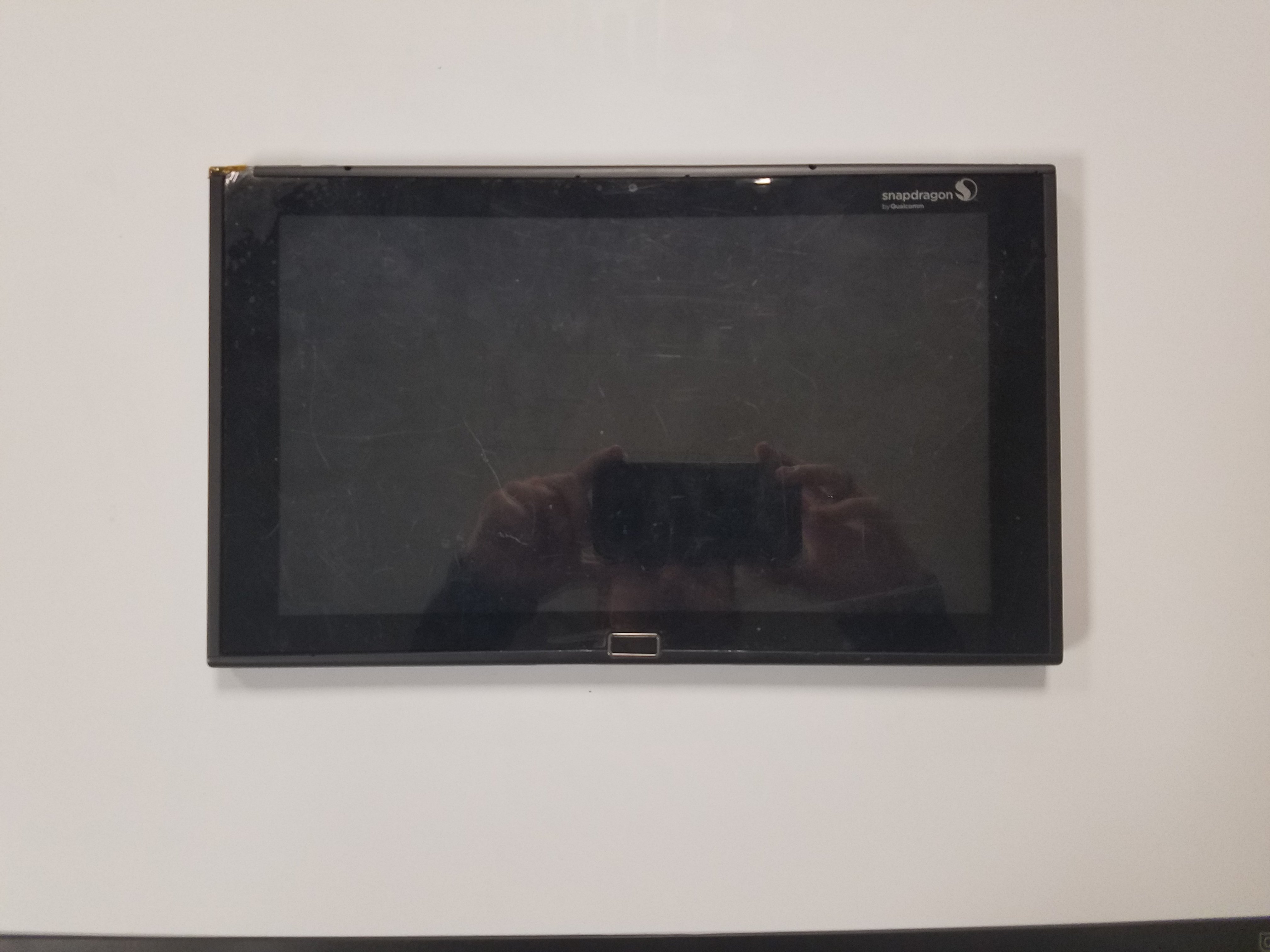How to Replace iPad 5 Wi-Fi Microphone Assembly Guide
Duration: 45 minutes
Steps: 50 Steps
Handle the battery blocker with care – it’s a bit like a delicate dance, so keep your moves smooth and steady!
Ready to tackle the dual microphone assembly replacement on your iPad 5 Wi-Fi? Awesome! Just a friendly reminder to handle that battery with care when you’re using a battery blocker. The battery contacts can be a bit delicate, and we definitely don’t want to risk any irreversible damage to the logic board. If you decide to skip isolating the battery, make sure to steer clear of metal tools unless absolutely necessary (like when you’re dealing with screws). We want to keep everything safe and sound, avoiding any accidental shorts or damage to those sensitive circuit components. If you need help, you can always schedule a repair.
Step 1
– Warm up an iOpener and place it on the left side of your device for a couple of minutes.
Tools Used
Step 2
– While waiting for the adhesive to loosen, check out these sensitive areas that could use some gentle prying:
Step 3
In the next three steps, we’re going to show you the Anti-Clamp, our nifty little gadget designed to make opening your device a breeze. If you’re not rocking the Anti-Clamp, no worries! Just skip ahead three steps for another way to get the job done.
– Give that blue handle a gentle tug back to release the Anti-Clamp’s arms—it’s like giving it a little hug!
– Slide something under your iPad so it sits nice and flat between the suction cups—think of it as a cozy bed for your device.
– Place the suction cups close to the center of the left edge—one on top and one on the bottom, like a perfect little sandwich.
– Keep the bottom of the Anti-Clamp steady and give a firm press down on the top cup to create some suction magic!
Step 4
– Give that blue handle a gentle tug forward to lock those arms in place.
– Twist the handle a full 360 degrees or until you see those cups start to stretch out.
– Keep an eye on those suction cups to make sure they’re staying in sync. If they start to drift apart, just loosen them a bit and realign those arms.
Step 5
– Take a moment and wait a minute to let that adhesive loosen up and create a little gap for you.
– If the screen isn’t warming up enough, feel free to grab a hairdryer and gently warm up the left edge of your iPad.
– Slide an opening pick under the digitizer once the Anti-Clamp has made a nice enough space.
– Go ahead and skip the next step.
Step 6
If your screen is sporting a nasty crack, try slapping a layer of clear packing tape on it! This might just give your suction cup the grip it needs. If that doesn’t do the trick, you can also go for some super strong tape instead of a suction cup. And if you’re feeling a bit adventurous, a little superglue on the suction cup can help it stick to that broken display. Remember, if you need help, you can always schedule a repair.
– Once the screen is all nice and toasty, grab a suction handle and stick it on the left edge of the screen, as close to the edge as you can.
– Now give that screen a little lift using the suction handle to make a tiny gap between the digitizer and the frame.
– Time to slide in an opening pick into the gap between the digitizer and the frame.
Tools Used
Step 7
No need to fret if the opening pick is visible through the digitizer—simply remove the pick. The LCD screen is sturdy, and while there might be some stubborn adhesive leftover, it’s nothing you can’t handle.
– Pop in a second opening pick right where you made that gap.
– Gently slide the pick down towards the bottom-left corner of your device to break free the adhesive.
– Keep that pick in the bottom-left corner to stop the adhesive from sticking back together.
Step 8
– If the pick gets stuck in the adhesive, just give it a little roll along the side of the iPad to keep that adhesive separation going. If you need help, you can always schedule a repair.
Step 9
– Glide the first opening pick towards the top-left corner to loosen that adhesive.
– Keep the pick in the top-left corner to stop the adhesive from sticking again.
Step 10
– Warm up an iOpener and gently apply it to the top edge of your device for a solid two minutes.
Tools Used
Step 11
– Swing that pick around the top-left corner of your device to break free from the adhesive’s grip!
Step 12
Hey there! Just a quick heads-up: steer clear of sliding the pick over the front camera. We wouldn’t want to risk damaging that precious lens! Follow the upcoming steps to keep everything safe and sound.
– Gently glide the opening pick along the top edge of your device, but hold up just before you hit the front camera. You’re doing great!
Step 13
– Gently pull the pick out until just the tip is nestled between the digitizer and the frame.
– Slide the pick above the front camera to break free the adhesive.
– Keep the pick close to the right side of the front camera before moving on.
Step 15
– Give the right edge of the device a warm hug with the iOpener for two minutes.
Tools Used
Step 16
– Gently glide the pick around the top-right corner of your device to break free that sticky adhesive. You’ve got this!
Step 17
Hey there! The display cables are hanging out about halfway up from the bottom of your iPad. Just slide your tool in until you hit about three inches from the bottom, and then stop. You’ve got this!
– Grab a new opening pick and shimmy it halfway down the iPad’s right edge. If you need help, you can always schedule a repair
Step 18
– Warm up an iOpener and cozy it up to the bottom edge of your device for a couple of minutes. If you need help, you can always schedule a repair
Tools Used
Step 19
– Gently slide the bottom-left pick into the corner to break that adhesive seal like a pro.
– Keep the pick snug in the bottom-left corner while you gear up for the next step.
Step 20
– Pop a new opening pick into the gap you just made at the bottom edge of the iPad.
– Swipe that pick over the antenna, stopping right before you hit the home button.
– Park the pick to the left of the home button before carrying on.
Step 21
Careful now, only slide the pick in about 1mm to keep the right antenna safe. If you need help, you can always schedule a repair
– Gently slide an opening pick into the little gap you’ve just made.
– Carefully maneuver the pick under the home button and glide it towards the bottom-right corner, ensuring that only the tip is nestled between the digitizer and the frame.
Step 22
– Time to get funky with it! Re-insert that pick and smoothly slide it towards the home button to peel off the bottom adhesive.
– Give that pick a little break to the right of the home button before moving forward, yeah?
Step 23
– Get that iOpener nice and toasty, then gently press it onto the right edge of your device for two minutes. You’re on fire!
Tools Used
Step 24
Take it easy with this step! Make sure the adhesive is nice and toasty, and use that pick to gently pry apart all the sticky stuff. If you need to pause and reheat, that’s totally cool. You’ve got this!
If you’re feeling some serious resistance, just give those edges a little more heat and glide along them with your trusty opening pick.
– Give those two opening picks a little twist on the left corners of the iPad to gently lift the digitizer, breaking up the last bits of adhesive in the process.
Step 25
– Lift up the left side of the digitizer to loosen the sticky stuff on the right side of your iPad. If you need help, you can always schedule a repair.
Step 26
– While gently holding the digitizer in place, slip an opening pick between the two display cables to break free the last bit of adhesive. You’re almost there!
Step 27
– After you’ve separated all the adhesive, swing the digitizer open like a book and lay it down next to the iPad.
– During reassembly, use isopropyl alcohol to clean off the old adhesive from the frame and the digitizer if you’re reusing it. Replace the adhesive with Salvation Repair’s strips or pre-cut adhesive cards.
– Watch out for the display cables when putting the device back together. Ensure they’re tucked neatly under the LCD screen to avoid any mishaps.
Step 28
– Uncover the LCD screws by peeling off any tape in the way.
Step 29
– Time to unleash your inner repair hero! It’s phillips screw removal time for the LCD.
Step 30
Hey there! Just a friendly reminder: don’t try to take the LCD out completely just yet. It’s still connected to the iPad by a few cables at the home button end. So, lift it gently from the front-facing camera side. You’ve got this!
– Grab your trusty spudger and gently pry the LCD from its snug spot—just enough so you can get a grip with your fingers.
– Now, flip that iPad LCD like you’re turning a page in a book, lifting from the camera side and rolling it over towards the home button end of the back case.
– Place the LCD face down to give yourself easy access to those display cables.
Tools Used
Step 31
Take it easy when isolating the battery with a blocker! Those battery contacts are delicate and can get damaged easily. If you need help, you can always schedule a repair
To help prevent any accidental shorts, consider using a battery blocker or a modified opening pick to safely disconnect the battery. It’s a simple step that keeps your device happy!
– Get ready to party by removing the one 2.3 mm Phillips screw that’s keeping the battery connector and logic board besties apart!
Tools Used
Step 32
– Take out the three 1.4 mm Phillips screws holding down the display cable bracket. If you need help, you can always schedule a repair.
Step 33
– Grab your trusty spudger and gently nudge that display cable bracket upwards from the logic board. You’ve got this!
Tools Used
Step 34
– Time to say goodbye to that LCD! Let’s get it off with some gentle care.
Step 36
– Grab your trusty spudger and pop up the tab on the home button ribbon cable ZIF connector.
– Gently wiggle that ribbon cable right out of the ZIF connector.
Tools Used
Step 37
Be gentle with your iPad—only pry on the connectors, not the logic board socket. If you need help, you can always schedule a repair.
– Ready to work some magic? Use a handy spudger or your trusty fingernail to gently lift those two digitizer cable connectors straight up from their sockets.
Tools Used
Step 38
– Gently lift the home button ribbon cable away from the adhesive that’s sticking it to the back case. Take your time; it’s all about that smooth and steady approach!
Step 39
– Let’s start by taking off the front panel assembly.
– When putting it back together, make sure to tidy up any dust or fingerprints inside the front panel assembly to keep the display looking sharp.
– If your new display is acting a little spooky with touch issues, try applying a super thin layer of insulating tape like Kapton (polyimide) tape to the designated spots on the back of the panel. Salvation Repair panels are good to go and should not need any extra tape.
Step 40
– Time to get your screwdriver ready! Unscrew those three 1.4 mm Phillips #000 screws that are holding down the upper component cable bracket. You’ve got this!
Step 41
For those of you with the Wi-Fi/Cellular model, your iPad will have a slightly different appearance. To access the components hidden by this bracket, simply remove the extra pair of screws. If you find yourself needing assistance, feel free to schedule a repair for expert help.
– Time to say goodbye to that upper component cable bracket! Just gently remove it and keep moving forward.
Step 42
Just remember to gently lift the connector— steer clear of the socket itself!
– Grab your trusty spudger and gently pry the front-facing camera connector away from the logic board. You’ve got this!
Tools Used
Step 45
– Grab the trusty spudger and delicately disconnect the stubborn headphone jack connector from the logic board.
– Gently tuck away the headphone jack cable to give it some space to chill.
Tools Used
Step 46
– Time to bust out the flat end of a spudger and gently part ways with the microphone cable connector from the logic board.
Tools Used
Step 47
– Set the top part of your iPad on a warmed-up iOpener and let the magic begin!
Tools Used
Step 50
– Gently detach the dual microphone assembly from your iPad. You’ve got this!












































































